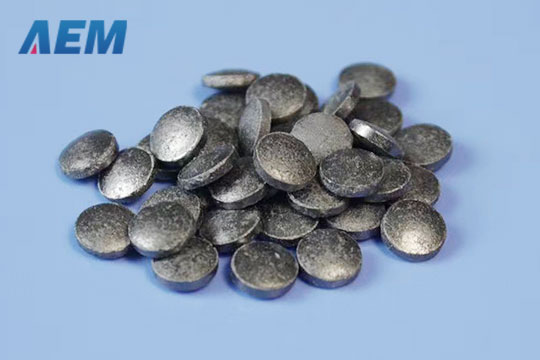 +86-731-89578196
+86-731-89578196
 [email protected]
[email protected]
- Home
- Our Company
-
Products
Sputtering Targets

- Industries
- Blog
- FAQ
- Contact Us
Why is Tungsten Boat Breaking during Titanium Evaporation?
When you try to evaporate titanium evaporation material, your tungsten boat may break. Why would this happen? A material’s evaporation temperature is often regarded as needed for the material’s equilibrium vapor pressure to be 1E-2 Torr. At that vapor pressure, the deposition rate on a substrate in a system of “normal” geometry is good or high. For titanium, that temperature is ~1,750C. Titanium has to melt and “wet” a boat or crucible in order for efficient evaporation to take place. Titanium is liquid and quickly alloy with a refractory boat at this temperature, destroying its electrical and mechanical properties. The end result is boat cracking and falling apart.
Is there any other solution?
A second option for thermal evaporation is to use a shielded tantalum crucible heater with a tall, intermetallic crucible. Thin-films of titanium can be evaporated from intermetallic crucibles. However, the film thickness may be limited to 500 angstroms, and the crucible may need to be replaced for each subsequent run. Intermetallic crucibles are composed of titanium boride (TiB2) and boron nitride (BN). This material combination works well because the material is both lubricious and electrically conductive. The crucible is strong and conductive, yet its lubricious properties help prevent material spill-over and crucible cracking. Great care must be taken when installing the heater to avoid the outer shields from becoming warped, which can cause a short in the heater, failing the welded joints. The heater should be centered between the contacts, and the outer shielding must be clear of the leads.














